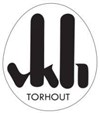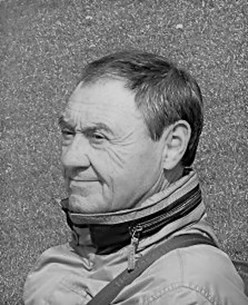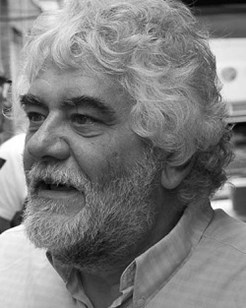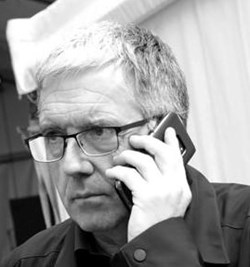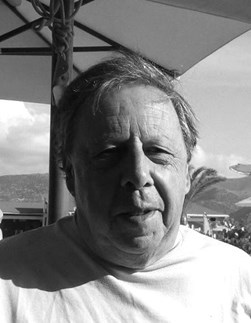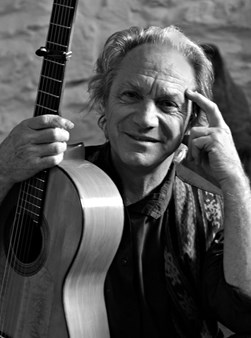Quartet Ajaton - Early music in the latest way (sg)
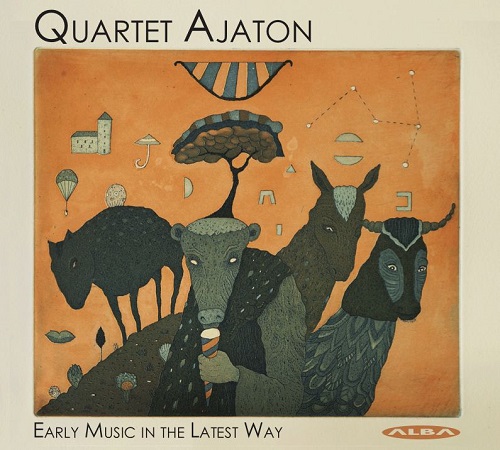
Q
Alba Records
Sometimes it only takes a few seconds to be drawn into a musical concept. The opening of this album had that effect on me. Quartet Ajaton has hit upon a magical combination of sounds and a programme of material which kept me hooked for all 37 minutes of this CD.
Reading the cover I was intrigued to hear how the combination of voice, bandoneon, moog synthesizer and viola da gamba would work. The title of the album doesn't give much away but the inclusion of 4 songs by John Dowland, one by Henry Purcell and one by John Blow sets a compelling melancholy tone. Two other tracks are also by 16th and 17th century composers while the final piece is a traditional tune from Finland, where the band are based and the album was cut.
The feel of the recording is warm and organic, sounding as if the band were playing together in a spacious acoustic. Flexible tempos and interaction between the musicians is an essential ingredient here. Imaginative arrangements see some pieces reharmonised, some expanded by improvisation but the tunes remain intact - these are affectionate interpretations rather than using the compositions as a starting point for re-invention. For example Dowland's "Come again" usually lasts 3 minutes; here it is subtly expanded to 4'32" and the dancing rhythms of the piece carefully crafted. "Now, oh now, I needs must part" is syncopated in 12/8 time which enhances its dancing character.
Singer Mia Simanainen has a pure voice with the creative flexibility of a seasoned jazz singer. Her diction on the English lyrics is clear as a bell. When she sings Purcell's "When I am laid in earth" the usual ornamentation is left out and replaced by subtle portamento and vibrato, perfectly complementing the wider, theremin like vibrato of the viola da gamba and Moog. On the first and final tracks she sings wordlessly, reminding me of the other-worldly effects which Duke Ellington explored with wordless vocals.
Mikko Perkola is a virtuoso player on Viola da gamba, having for instance recorded Bach's Gamba Sonatas for Naxos. Track 3, Improvisation on "Les voix humaines" begins with him playing fast arpeggios across the 6 strings, reminiscent of the Bach Cello suites. Mikko also uses the additional range of his instrument to produce hurdy-gurdy and viola type sounds. On "Awake sweet love" his pizzicato accompaniment acts like a cross between double bass and lute, making use of the similarities between gamba and lute tuning.
Kari Ikonen is well known as a pianist and composer but here he performs purely on Moog. I'm not sure which model synth he uses but his Facebook page confirms that he puchased it 32 years ago! It took me several listens to decide whether the Moog is double tracked - initially I was confused by the electronic percussion added by Abdissa Assefa on track 2. Now I'm pretty sure Kari plays everything live, being completely in control of the instrument's timbral variety. His precision in manipulating pitches and filter settings allows very expressive use of the synth's monophonic lines, multiplied only by the use of an echo effect. The sounds range from sub-sonic bass to a high lead line floating an octave above the vocal tune on "Waka wanha wainamoinen". Sound effects are sometimes used to highlight the lyrics; a squelching filter accompanies the lines "moist and still" and "jarring sounds" on Dowland's "In darkness let me dwell" - then all instruments combine to build this song to a powerful, jarring climax.
The bandoneon of Henrik Sandas often holds the arrangements together, an organic breathing presence - sometimes percussive and wheezing too. Sandas is also a virtuoso, a tango nuevo specialist and soloist with symphony orchestras. His playing is beautifully judged from harmonium like drones to fluttering solo improvisation. On John Blow's "The self banished" he also sings effectively, adding octave unison to Mia's melody line.
If you hadn't guessed this album is one of my favourites of the year so far and these are memorable interpretations of some of the best songs ever written.
© Stephen Godsall




